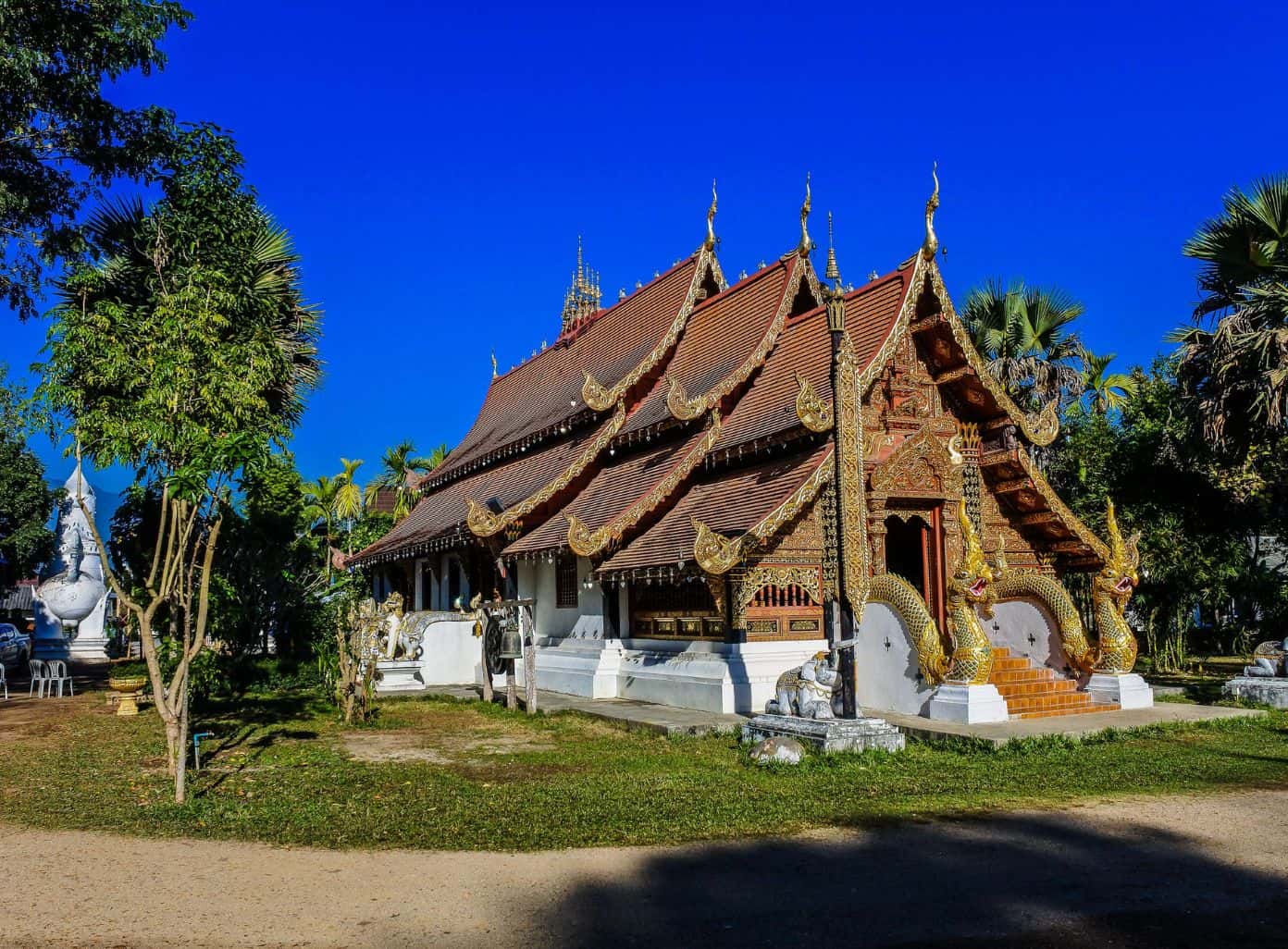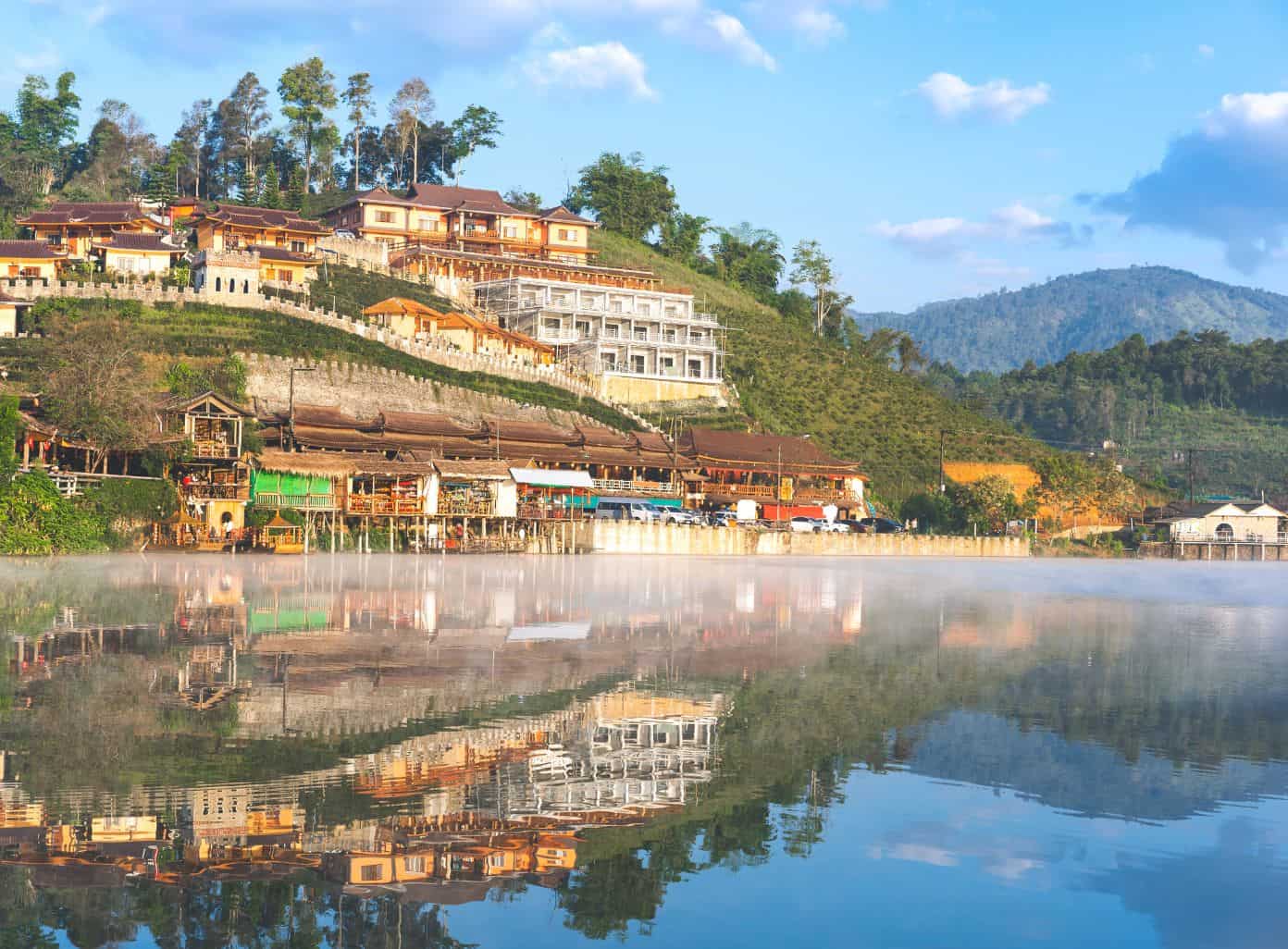Nestled in the mountains of northern Thailand, Pai is a charming town known for its natural beauty and laid-back atmosphere. If you’re planning a visit to this idyllic destination, it’s crucial to understand the best time to go. By considering factors such as climate, seasonal changes, crowd levels, and local events, you can make the most of your trip. Let’s delve into the details to help you plan a perfect getaway.

Understanding Pai’s Climate
Pai’s climate is characterized by its tropical monsoon climate, which means it experiences distinct seasons throughout the year. It’s important to familiarize yourself with the weather patterns to ensure a pleasant and comfortable visit.
Pai, a charming town nestled in the mountains of northern Thailand, boasts a climate that is as diverse as its natural beauty. From lush green landscapes to vibrant blooming flowers, Pai’s weather plays a crucial role in shaping the town’s unique charm.
Overview of Pai’s Weather
Pai enjoys a warm climate with average temperatures ranging from 25 to 30 degrees Celsius (77 to 86 degrees Fahrenheit). The town experiences a dry season and a rainy season, each offering its own unique charm and activities.
During the dry season, which typically lasts from November to February, Pai basks in warm, sunny days with clear blue skies. This is the perfect time to explore the town’s natural wonders, such as the iconic Pai Canyon and the picturesque waterfalls that dot the surrounding area. The cool breeze that sweeps through the town provides a refreshing respite from the heat, making outdoor activities even more enjoyable.
As the dry season transitions into the rainy season, which spans from May to October, Pai undergoes a remarkable transformation. The once parched landscapes come alive with a vibrant burst of greenery, as the rain breathes life into the flora and fauna. The sound of raindrops pitter-pattering on the leaves creates a soothing symphony, inviting visitors to slow down and immerse themselves in the town’s tranquil ambiance.
Seasonal Changes in Pai
It’s worth noting that Pai undergoes significant changes between seasons, making it necessary to plan accordingly. Let’s explore the town’s distinct charm during each season to help you find your ideal visit time.
Spring, which falls between March and April, marks the transition from the dry season to the rainy season. During this time, Pai experiences a delightful mix of warm days and occasional showers. The landscape begins to transform, with flowers blooming in vibrant hues, painting the town in a riot of colors. It’s the perfect time to witness nature’s awakening and indulge in outdoor activities like hiking and biking.
Summer, from May to July, brings with it the full force of the rainy season. The town is enveloped in a lush green blanket, with rain showers providing a refreshing break from the heat. The rivers and waterfalls are at their fullest, creating a mesmerizing spectacle for nature enthusiasts. This is also the time when Pai’s famous hot springs become even more enticing, offering a soothing retreat amidst the rain.
Autumn, spanning from August to October, is a transitional period as the rainy season gradually gives way to the dry season. The weather becomes more temperate, with occasional showers interspersed with sunny days. This is a great time to explore Pai’s cultural attractions, such as its vibrant night markets and traditional temples, as the town is less crowded compared to peak tourist seasons.
Winter, from November to February, is the peak tourist season in Pai. The cool, dry weather attracts visitors from all over the world, seeking respite from the harsh winters in their home countries. The town is abuzz with activity, with festivals, live music performances, and art exhibitions taking center stage. The crisp mountain air adds a touch of magic to the atmosphere, making it an ideal time to cozy up in one of Pai’s charming cafes and soak in the town’s artistic vibe.

The Magic of Pai in Different Seasons
Pai in the Dry Season
The dry season, which stretches from November to April, is generally considered the best time to visit Pai. During this period, the weather is pleasant, with clear skies and minimal rainfall. The cool breeze and warm temperatures create a serene ambiance, perfect for exploring the natural wonders of Pai.
During the dry season, you can engage in various outdoor activities such as trekking, hiking, and visiting Pai’s famous hot springs. The Pai Canyon, with its breathtaking views, is also a must-visit during this time.
Pai in the Rainy Season
The rainy season in Pai takes place from May to October when the town receives regular rainfall. Despite the wet weather, this period has its own allure, as the lush greenery comes to life and the waterfalls are at their most impressive.
Rainy days in Pai can turn the landscape into a mystical scene, offering unique photo opportunities and a romantic atmosphere. If you don’t mind occasional showers, this season allows you to enjoy fewer crowds and lower accommodation prices.
Factors to Consider When Planning Your Visit
Crowd Levels Throughout the Year
When deciding the best time to visit Pai, it’s essential to consider crowd levels. The town experiences its peak tourist season during the dry season months, especially from December to February.
If you prefer a quieter experience, consider visiting Pai during the shoulder seasons, such as May or October. This way, you can enjoy the town’s offerings without being among large groups of tourists.
Festival and Event Calendar in Pai
Pai is renowned for its festivals and events, which are a testament to the town’s unique culture and traditions. To make the most of your visit, check out the festival calendar and plan your trip accordingly.
Some of the notable events include the Pai Jazz and Blues Festival in February, the Pai Reggae Festival in April, and the Pai Jazz and Art Festival in November. These vibrant events showcase the local talent and create an unforgettable experience for visitors.
Making the Most of Your Visit to Pai
Essential Tips for Traveling in Pai
Before you embark on your trip to Pai, keep in mind a few tips to ensure a smooth and enjoyable journey. First, it’s advisable to bring mosquito repellent and appropriate clothing to protect yourself from insects during the rainy season.
Additionally, renting a motorbike is an excellent way to explore the town and its surroundings independently. Finally, embrace the slow pace of life in Pai and take time to relax in the natural hot springs or enjoy a traditional Thai massage.
Must-Visit Spots in Pai for Every Season
Regardless of the time of year you visit Pai, certain attractions are worth exploring. The Pai Walking Street Market, held every evening, offers a myriad of local treats, handicrafts, and live music. It’s a great way to immerse yourself in the local culture, regardless of the season.
The surrounding natural beauty also provides endless opportunities for exploration. Don’t miss the Pai Memorial Bridge, the Mo Paeng Waterfall, and the Tha Pai Hot Springs. These destinations showcase the unique charm of Pai all year round.
Frequently Asked Questions About Visiting Pai
Is Pai Safe to Visit During the Rainy Season?
While Pai is generally safe to visit during the rainy season, it’s important to take necessary precautions. Roads can become slippery, so exercise caution if you choose to rent a motorbike. It’s also advisable to check weather forecasts and plan outdoor activities accordingly.
What to Pack for a Trip to Pai?
When packing for Pai, consider the specific season you plan to visit. In the dry season, light and breathable clothing, sunscreen, and a hat are essential. For the rainy season, pack an umbrella, waterproof shoes, and a rain jacket to ensure your comfort in wet weather.
In conclusion, Pai offers an enchanting experience throughout the year. Whether you prefer the dry season’s warm and sunny climate or the dramatic beauty of the rainy season, this charming town has something to offer every visitor. By considering factors such as weather, crowd levels, and local events, you can plan a memorable and enjoyable trip to Pai, Thailand.

